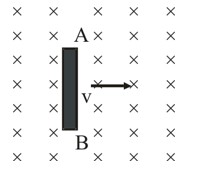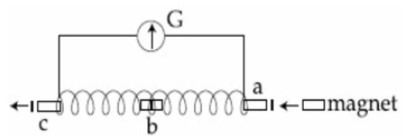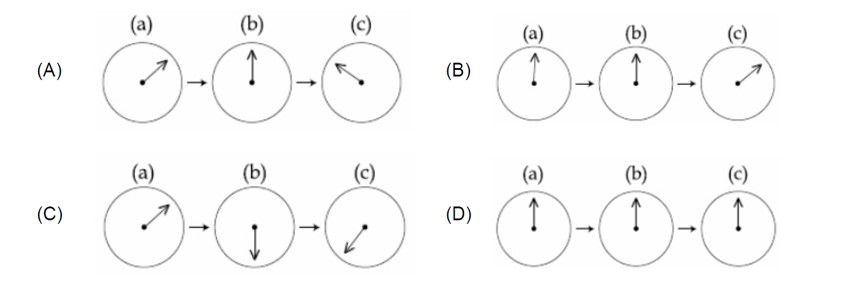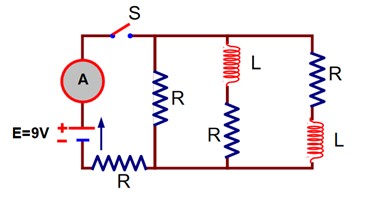6.12 A square loop of side 12 cm with its sides parallel to X and Y axes is moved with a velocity of 8 cm s–1 in the positive x-direction in an environment containing a magnetic field in the positive z-direction. The field is neither uniform in space nor constant in time. It has a gradient of 10–3 T cm–1 along the negative x-direction (that is it increases by 10 – 3 T cm–1 as one moves in the negative x-direction), and it is decreasing in time at the rate of 10–3 T s–1. Determine the direction and magnitude of the induced current in the loop if its resistance is 4.50 mΩ.
6.12 A square loop of side 12 cm with its sides parallel to X and Y axes is moved with a velocity of 8 cm s–1 in the positive x-direction in an environment containing a magnetic field in the positive z-direction. The field is neither uniform in space nor constant in time. It has a gradient of 10–3 T cm–1 along the negative x-direction (that is it increases by 10 – 3 T cm–1 as one moves in the negative x-direction), and it is decreasing in time at the rate of 10–3 T s–1. Determine the direction and magnitude of the induced current in the loop if its resistance is 4.50 mΩ.
-
1 Answer
-
6.12 Side of the square loop, s = 12 cm = 0.12 m
Area of the square loop, A = 0.12
Velocity of the loop, v = 8 cm /s = 0.08 m/s
Gradient of the magnetic field along negative x – direction.
= T/cm = T/m
Rate of decrease of magnetic field
= T/s
Resistance of the loop, R = 4.50 mΩ = 4.5 Ω
Rate of change of the magnetic flux due to motion of the loop in a non-uniform magnetic field is given as:
= A = = 1.152 T
Rate of change of flux due to explicit time variation in field B is given as:
= A = =
...more
Similar Questions for you
Kindly go through the solution
Bv = B sin 60°
->
M = φ? /I? = (B? A? )/I? = [ (μ? I? /2R? )πR? ²]/I?
[Diagram of two concentric coils]
M = (μ? πR? ²)/ (2R? )
M ∝ R? ²/R?
(A) The magnet's entry
R =
L = 2 mH
E = 9V
Just after the switch ‘S’ is closed, the inductor acts as open circuit.
Taking an Exam? Selecting a College?
Get authentic answers from experts, students and alumni that you won't find anywhere else
Sign Up on ShikshaOn Shiksha, get access to
- 66k Colleges
- 1.2k Exams
- 680k Reviews
- 1800k Answers




